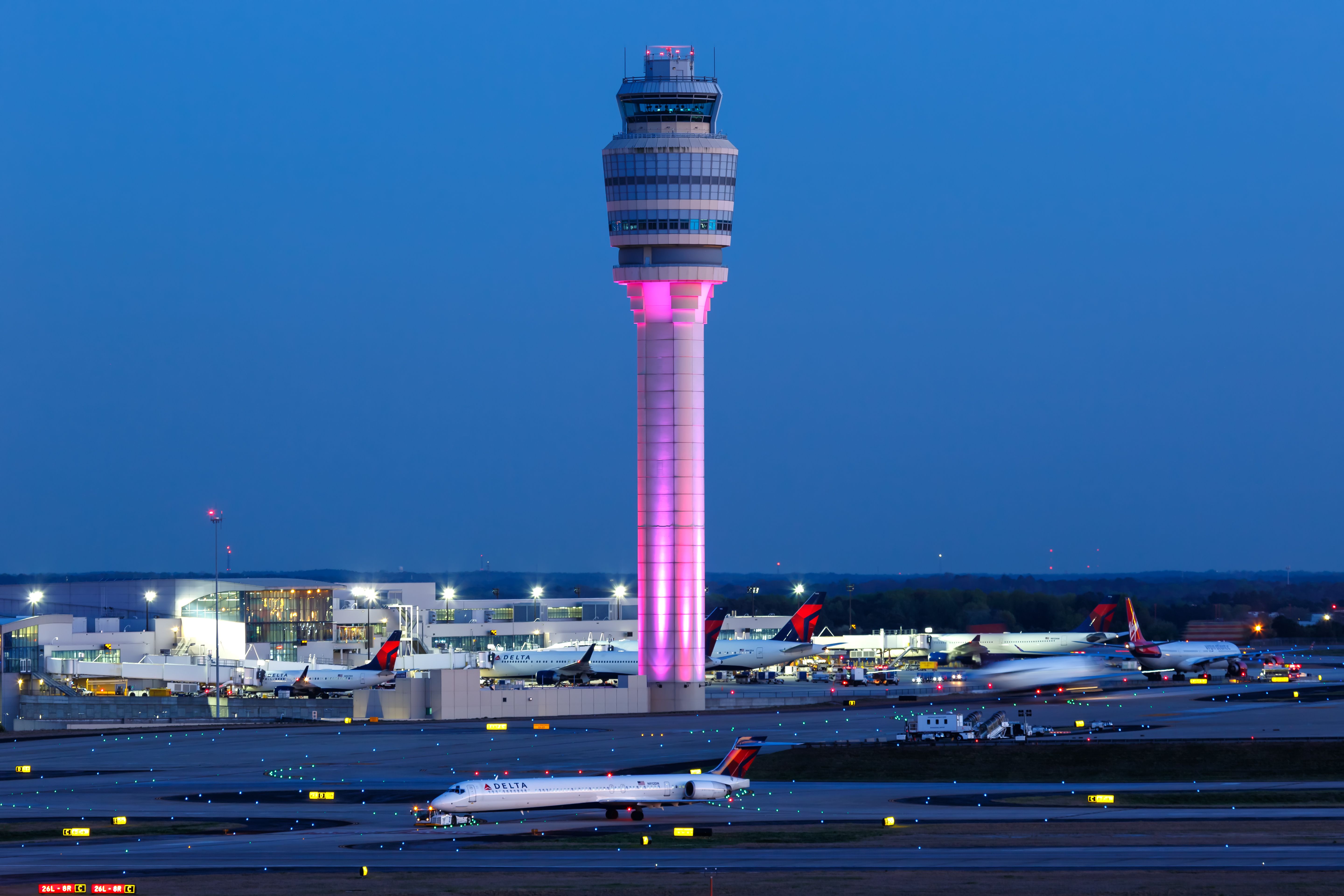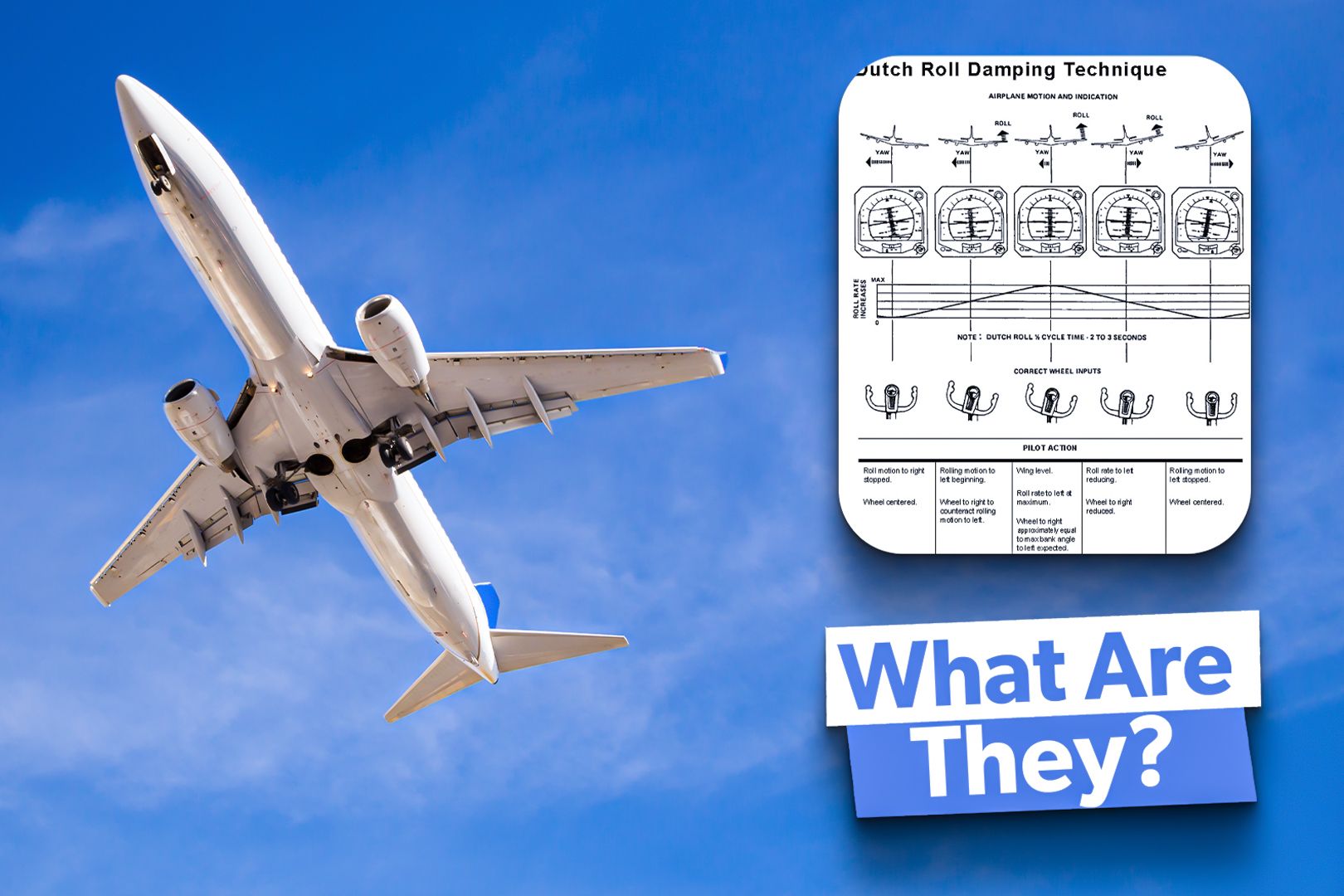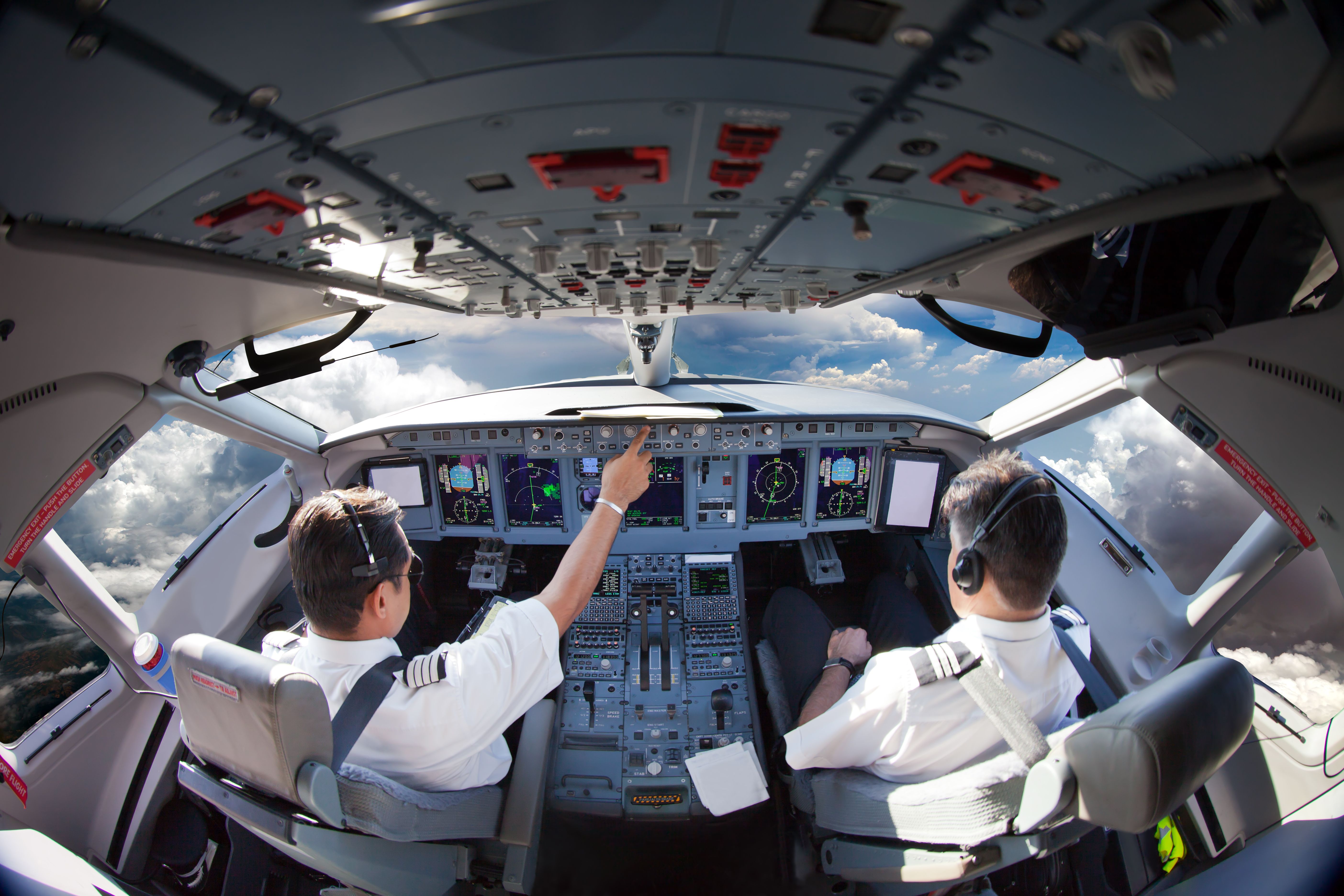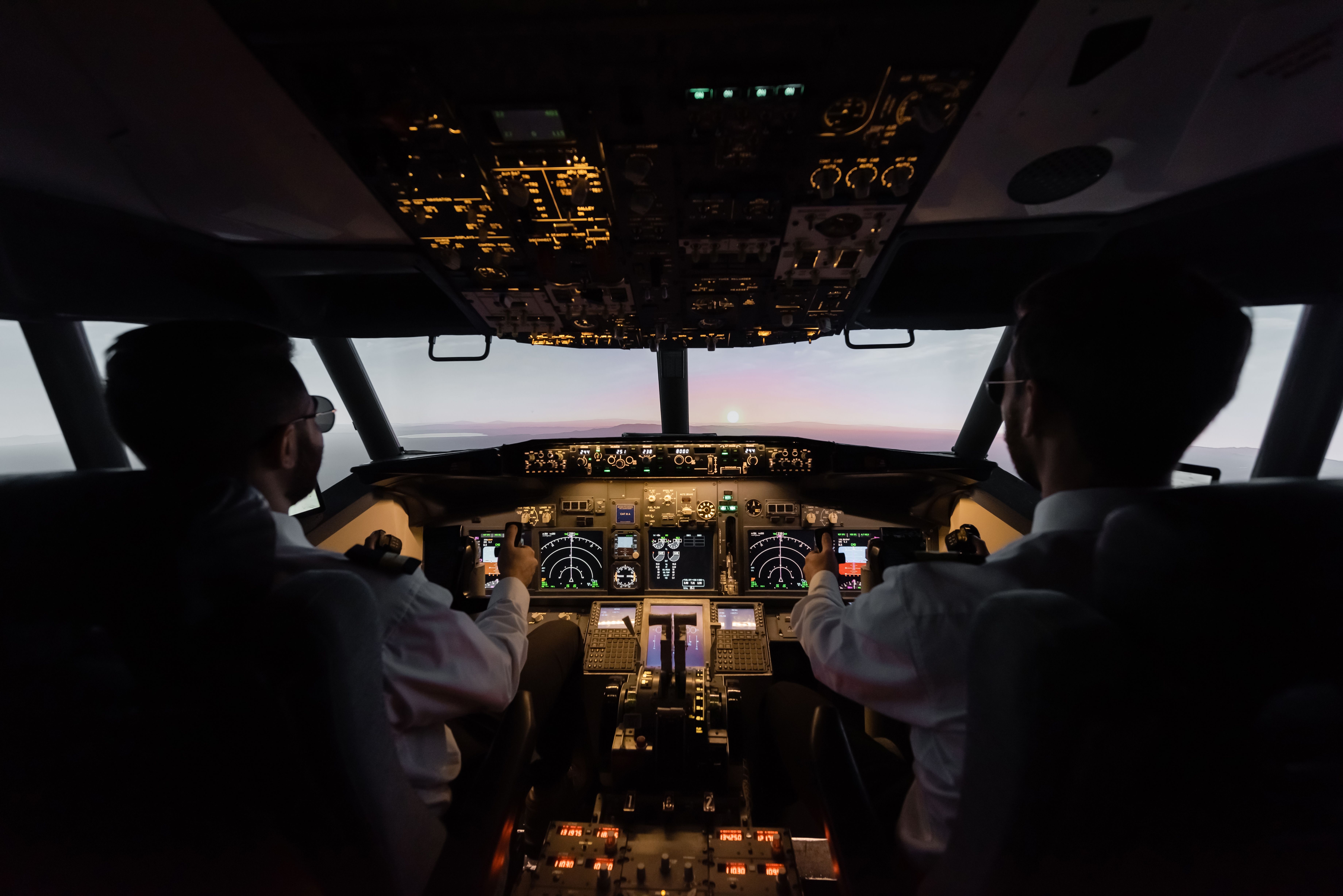Summary
- Simulator training prepares pilots for unexpected scenarios.
- Pilots need resilience training to handle “startle effects” and unexpected disruptions.
- Evidence-based training (EBT) focuses on developing comprehensive competencies for safe flight.
Aviation safety and training are designed to prepare pilots for any emergency situation. Some emergencies are unpredictable but anticipated and practiced for, while others are entirely unexpected and not covered in training.
Inevitably, pilots have faced the latter inside the flight deck throughout the history of aviation and will most likely continue to face it. While flight crew can’t fully predict and prepare for unexpected situations, there are some strategies and training for navigating these scenarios onboard the aircraft.
Simulator training
Advanced avionics technologies have made commercial aviation incredibly safe. Systems like the Traffic Alert and Collision System (TCAS) and the Enhanced Ground Proximity Warning System (EGPWS) help pilots navigate through challenges and avoid accidents.
Before getting their commercial license, pilots meet all regulatory requirements for handling these systems during various scenarios in a standard simulator session. Good technological systems increase flight safety, but they can also lead to complacency, as pilots often assume the aircraft will always function correctly due to these technologies.
However, technologies can malfunction and fail to work as expected, so pilots need to be prepared for any situation that might arise in the cockpit. To address this, there are simulator training sessions beyond standard ones.

Related
Pilots & Air Traffic Controllers: Who Has More Authority?
Who will have the final word?
FlightSafety International develops simulator sessions to train aviators to handle anything they might encounter during their extensive cockpit careers. This includes both preventing and recovering from hazardous situations. In a comment to FlightGlobal, executive vice president at FlightSafety International, Richard Meikle, said:
“What we are doing is preparing someone rather than just making them proficient, such as knowing how to land the airplane with no airspeed. It might be a one in a million or more case, but when it happens, it won’t be the first time you have run into it, and knowing what to do will keep you alive.”
“They may not have seen the exact scenario. But they will have been shown something very similar, and response patterns become familiar.”
Training pilots to be resilient
Indeed, simulator sessions can help pilots handle unexpected situations, but more is needed because these situations involve many variables. According to a report by Airbus, it is important to train pilots to be resilient. The European aircraft manufacturer states that resilience training is not a new concept in aviation but is a crucial component.
Photo: Skycolors | Shutterstock
Resilience refers to assessing human performance when encountering unexpected operational disruptions. EASA defines flight crew resilience as “the capacity of a flight crew member to recognize, absorb, and adapt to disruptions.”
To build resilience, pilots first need to develop and strengthen their competencies and confidence. According to the report, both competence and confidence add to better navigation in the wake of a difficult situation or a “startle effect.”
The “startle effect” occurs when a flight crew is exposed to unexpected disruptions. Here is what
Airbus
has to say about the “startle effect:”
“This involuntary and uncontrollable reaction may be accompanied by a momentary loss of situational awareness resulting in a temporary deterioration in performance. The goal of resilience training is to minimize this deterioration and to enable the flight crew to recover performance as quickly as possible.”
Routines can hinder handling unexpected events. Repeatedly encountering similar situations in training or operations can lead to fixed patterns of responses. Once these routines are established, the flight deck crew may find it more challenging to adjust to unforeseen circumstances.

Related
How Has Pilot Training Changed Over The Years?
Pilot training has evolved to incorporate both technology and teamwork.
Evidence-based training
Evidence-based training (EBT) uses real-world data to improve and assess pilots’ overall skills across various competencies rather than just focusing on isolated events or maneuvers. It aims to ensure pilots can operate safely and effectively in commercial aviation by addressing challenges in any scenario, normal or abnormal.
The pilot training incorporates unscripted scenarios to enhance crew management strategies, techniques, and human factors, which are as crucial for safe flight as technical abilities. Here are examples of the comprehensive competencies that EBT training aims to develop, as per a report by OBS Group:
- Aircraft Flight Path Management, including manual flying
- Leadership and Teamwork
- Problem Solving and Decision Making
- Situational Awareness
- Workload Management
- Knowledge
- Communication
- Application of Procedures
Other tips to cope with unpredictable scenarios
The emotional component is also very important for coping with unexpected events inside the cockpit. One of the most crucial skills to demonstrate is maintaining composure when faced with challenges. When unexpected situations arise, it is completely normal to experience adrenaline and anxiety.
Photo: LightField Studios | Shutterstock
It is essential to swiftly manage your internal state, as even minutes can make a significant difference in the cockpit during incidents. Stay calm by focusing on your breathing and the task at hand. Confidence in your skills is key to maintaining composure.
Effective communication is also crucial in aviation, particularly in unforeseen circumstances. Whether interacting with air traffic control, passengers, or fellow pilots, your skill in delivering accurate information calmly is indispensable.

Related
What Is A Dutch Roll In Aviation & Why Are They Dangerous?
A name with obscure origins, the Dutch roll has led to several accidents.



